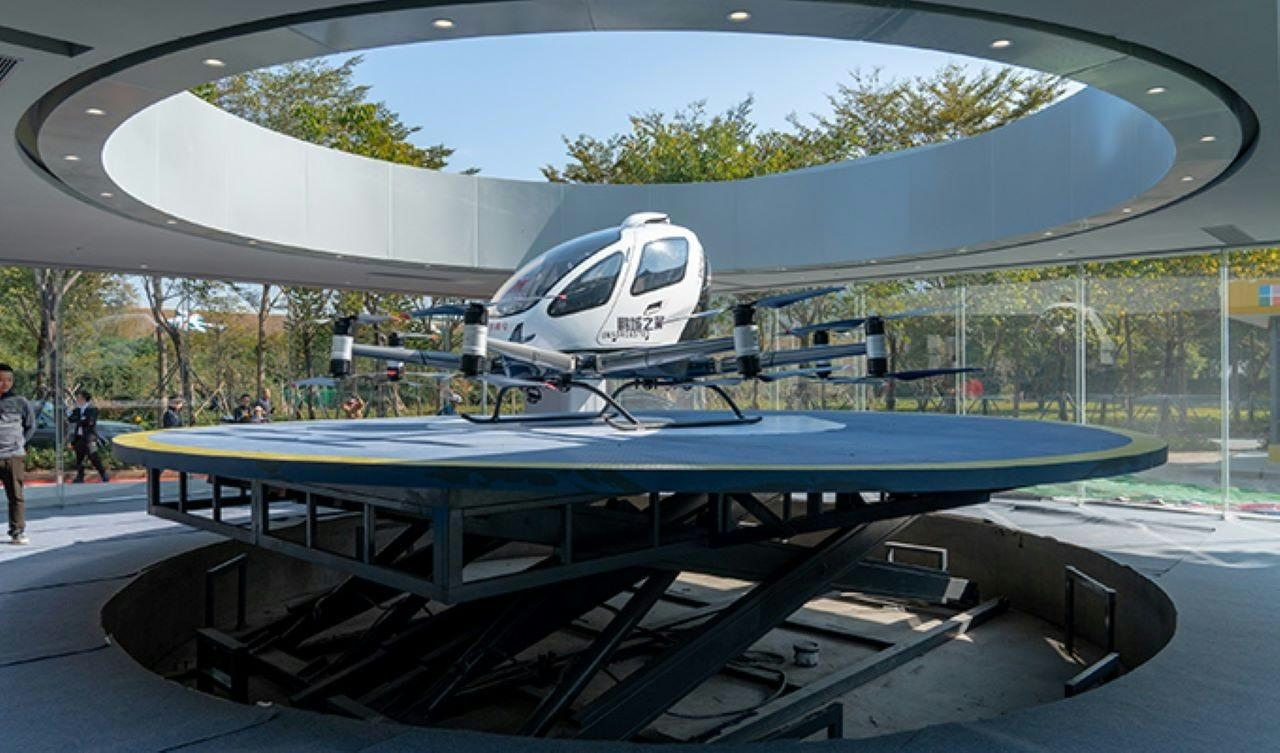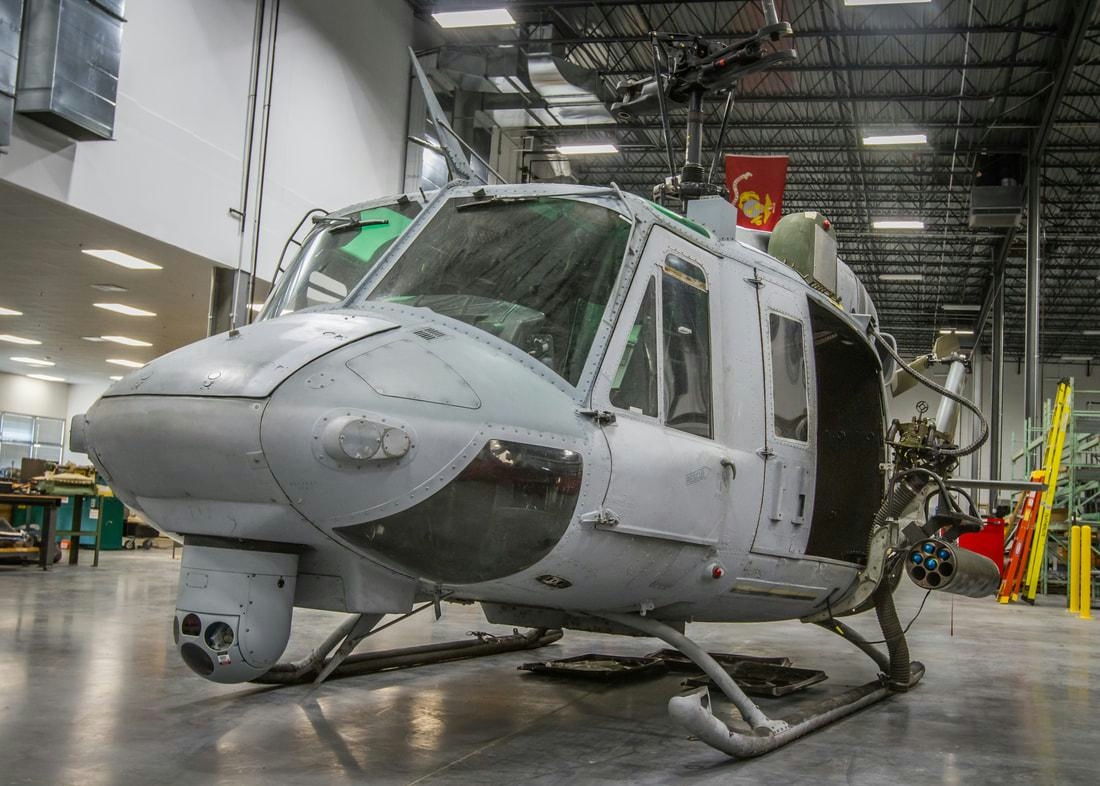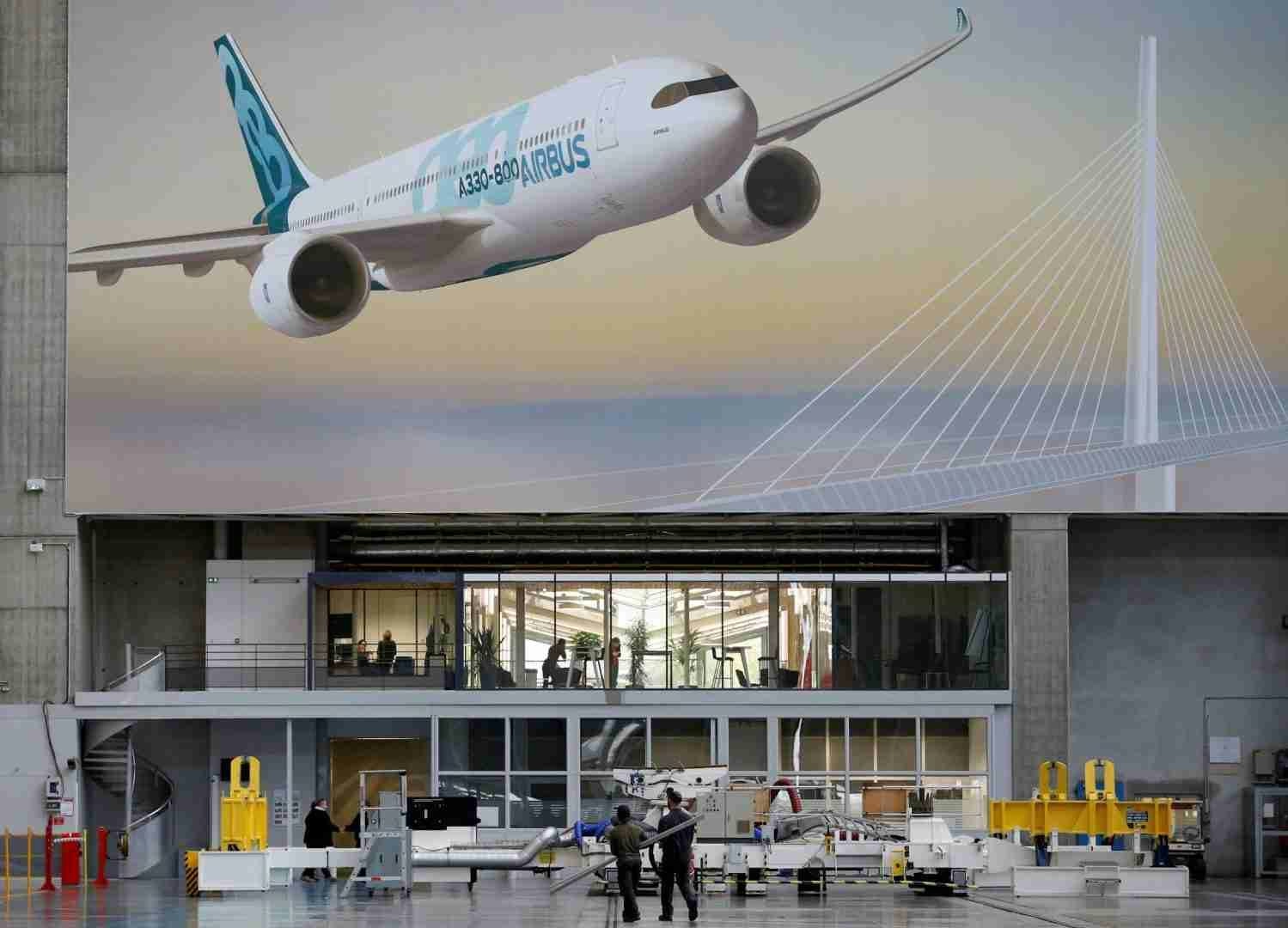
AeroGenie — Your Intelligent Copilot.
Trending
Categories
FBI Alerts Airlines to Imminent Cybersecurity Threats

FBI Issues Urgent Warning to Airlines Over Cybersecurity Threats
The Federal Bureau of Investigation (FBI) has issued a critical alert to the global airline industry regarding imminent cybersecurity threats posed by the cybercriminal group known as Scattered Spider. This warning, disseminated through the agency’s official Facebook page on Friday, follows nearly a year after a significant disruption in the airline sector caused by the CrowdStrike global IT outage.
Sophisticated Social Engineering Tactics Targeting Airlines
According to the FBI, Scattered Spider has recently intensified its focus on the airline sector, employing advanced social engineering techniques to infiltrate corporate networks. The group, primarily composed of English-speaking young adults and teenagers, is notorious for impersonating employees or contractors to manipulate IT help desks. These tactics often involve convincing help desk personnel to add unauthorized multi-factor authentication (MFA) devices to compromised accounts, effectively bypassing security protocols.
“These actors rely on social engineering techniques, often impersonating employees or contractors to deceive IT help desks into granting access,” the FBI explained. “These techniques frequently involve methods to bypass multi-factor authentication (MFA), such as convincing help desk services to add unauthorized MFA devices to compromised accounts.”
The FBI further cautioned that the threat extends beyond airlines themselves, encompassing the entire airline ecosystem—including vendors, contractors, and third-party IT providers. Once internal access is secured, Scattered Spider is known to exfiltrate sensitive data and deploy ransomware to extort victims.
Industry Response and Recent Incidents
The FBI is actively collaborating with the aviation industry to mitigate these threats and assist organizations affected by such attacks. The agency emphasized the importance of early incident reporting, noting that timely communication enables the sharing of intelligence across the sector and helps prevent further breaches.
While the FBI has not publicly identified specific airlines targeted, several carriers have recently disclosed cybersecurity incidents. WestJet revealed a cybersecurity event in mid-June, and Hawaiian Airlines reported a similar breach last week. Sources familiar with the situation, as reported by Axios, suggest that Scattered Spider was likely responsible for the WestJet incident, although the airline has declined to confirm this attribution.
Scattered Spider’s targeting of the travel industry is not unprecedented. In 2023, the group was linked to a major cyberattack on MGM Resorts International, coinciding with similar breaches at Caesars Entertainment.
Industry experts have characterized the recent attacks as classic phishing operations. Paul Walsh, founder and CEO of decentralized security firm MetaCert, highlighted that the initial breach vector is often social engineering rather than technical vulnerabilities. He noted that such attacks frequently result in employees, partners, and vendors being blamed, rather than the security firms responsible for protection.
Implications for the Airline Sector and Cybersecurity Market
The FBI’s alert has prompted airlines and associated businesses to reevaluate their cybersecurity frameworks. Market responses are anticipated to include the implementation of enhanced security protocols and a surge in demand for cybersecurity services. Competitors within the industry may also intensify their defenses and increase collaboration to share threat intelligence. Consequently, the cybersecurity services market is expected to expand, driven by the urgent need for robust security solutions tailored to the airline sector.
The FBI advises any organization experiencing cyberattacks to contact their local FBI office immediately to facilitate rapid response and intelligence sharing.

Dubai’s 2026 Plans: Key Developments from Flying Taxis to the Year of the Family

Flow5 Enhances Aerodynamic Simulations for Aviation and Marine Design

CALC Orders 30 Airbus A320neo Jets to Expand Fleet by 2026

John Travolta Discusses Business Aviation and Cabin Spending

AI in Travel Planning: Benefits, Risks, and Future Prospects

Airline Operated Largest Widebody Fleet in 2025

Tel Aviv Plans First Vertiport to Support Air Taxi Services

Pilot’s Distress Call Captures Near-Engine Failure Incident

The Small Cold War Helicopter Considered by the Marines for Combat
